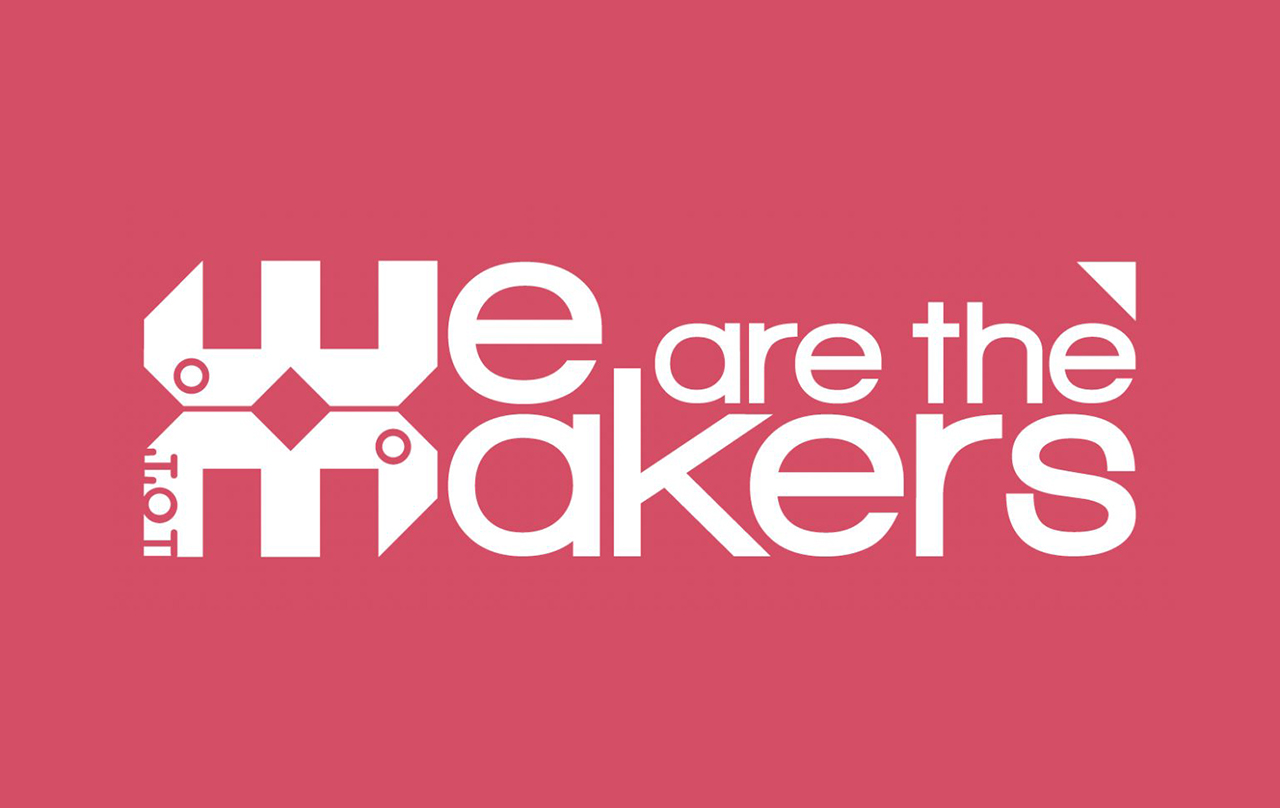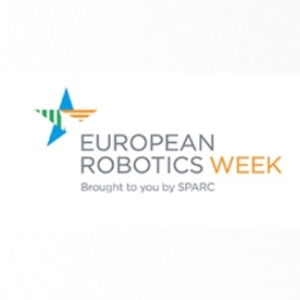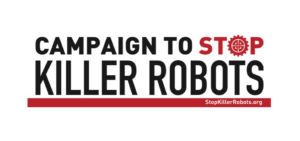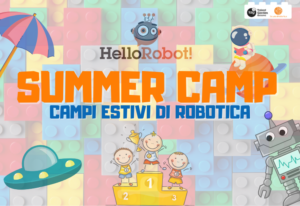
Summer School Guardians of the Coast
GET READY FOR THE BEACH.. WITH SCIENCE, OF COURSE! This summer with Guardians of the Coast you have the unique opportunity to learn how to

School of Robotics, partner of the European project IoT In Education – We are the Makers! is happy to invite teachers to send us an abstract outlining their work on robotics, 3D printing, internet of things. A European scientific committee will evaluate the submitted works and choose the best work whose author will be invited to the international conference of We are the makers in July in Germany. (the prize consists of a fully-expensed journey and accommodation)
The selected papers can still be presented at the international conference. To find out more about the European project which provides you with several free lesson plans click here: www.wemakers.eu
The deadline for the presentation is 30 Jun 2020.
Here below the complete Call.
CALL FOR PAPER – MULTIPLIER EVENT (Weil der Stadt, Germany) International Conference “IoT in Education – We are the makers” Important dates
Call opening: March 3, 2020
Submission deadline: Jun 30, 2020
Notification of acceptance: July 10, 2020
The EU Project “IoT in Education – We are the makers” is entering in its most important phase, that of the dissemination and application of all booklet and Learning scenarios created in 3 years of the project.
To show all our results and all the indirect results from teachers and schools we are collecting all the best practices developed thanks to the project.
Topics of interest include but are not restricted to:
“The IoT is not a single technology; rather it is an agglomeration of various technologies that work together in tandem”.
There are four essential characteristics for a device to be considered a ‘thing’ in IoT terms (Palma, Agudo, Sánchez, & Macías, 2014):
It is therefore important to use 3D printers, programmable breadboards and programming software to design, manufacture, and program intelligent objects that can be socially useful.
HOW TO SUBMIT YOUR PAPER: Here the link to the google form: https://forms.gle/Xr85EoN9h8nCDisb8
Requests:
Based on the topics just mentioned, you will be asked to create a lesson plan, similar to those on the website We are the makers
In these lesson plans, you will have to develop ideas for the design of 3D objects, which, through the application of programmable shield and electronic sensors can be socially useful.
It is not required to realize the idea materially, but it is necessary that the idea is well structured, the various processes of realization are described, which people it is aimed at and what needs it meets.
All this must be described in a short abstract with a maximum of 3000/3500 characters.
In case the idea (not necessary) has been realized, specify it in the abstract, including images and photos.

GET READY FOR THE BEACH.. WITH SCIENCE, OF COURSE! This summer with Guardians of the Coast you have the unique opportunity to learn how to

The European Robotics Week (ERW) will take place from 15 to 24 November 2024. Start now to imagine some events so that they are visible

The meeting of the High Contracting Parties to the Convention on Certain Conventional Weapons (CCW) (the governmental experts of states interested in discussing a convention

In June 2024, a number of summer camps organised by Scuola di Robotica took place in Turin and Milan. We report the experience of a
Write here your email address. We will send you the latest news about Scuola di Robotica without exaggerating! Promised! You can delete your subscription whenever you want clicking on link in the email.

© Scuola di Robotica | All Rights Reserved | Powered by Scuola di Robotica | info@scuoladirobotica.it | +39.348.0961616 +39.010.8176146 | Scuola di robotica® is a registered trademark